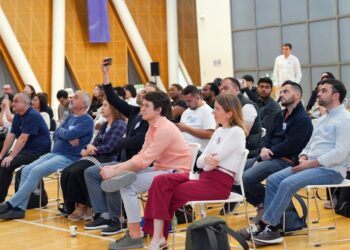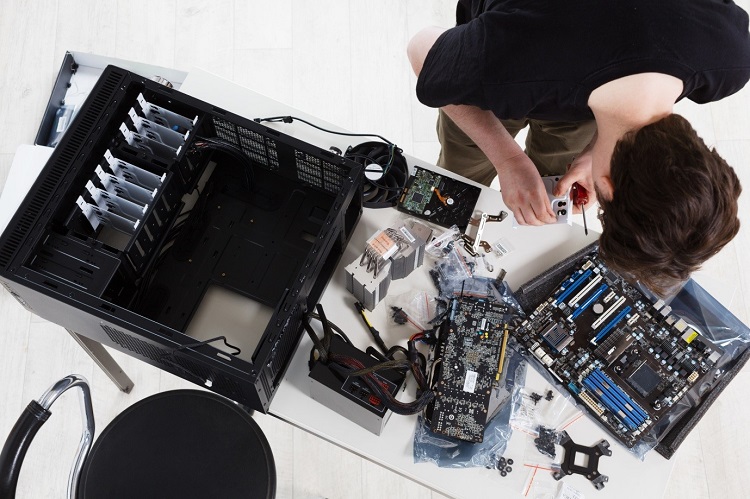Today, winning customer loyalty demands more than having good product quality and support service. Holistic customer experience has become the buzzword for gaining loyal customers. In 2010, only 36% of companies focused on customer experience, but in 2022, the number rose to 67%.
Loyalty programs are the hero of enhancing customer experience. 84% of customers are more likely to engage with a company that offers a loyalty program. Let’s understand the importance of loyalty programs for creating the ultimate customer experience with some more data:
According to Gartner,
- 60% of loyal customers will make more frequent purchases with a brand.
- 75% of loyal customers will recommend a brand to friends and family.
- A 5% increase in customer retention can boost profits by 25%
Does that mean every loyalty program is successful? Nope.
Every US native is part of nearly 14 loyalty programs but active in fewer than 6 of them due to poor customer experience. Building a successful loyalty program demands 3 key imperatives to sync and work together. Let’s unfold each of them and find the building blocks of a successful loyalty program:
Data Analytics
Loyalty programs help truly understand customers when data analytics processes the zero & first-party data to produce actionable insights. Analytics act as powerful tools for marketers. Below are crucial elements of a data analytics-driven loyalty program:
- Informed decision-making: 35% of Amazon’s sales could be attributed to its data analytics and recommendations system. Equipped with the knowledge of customer preferences, activity, and demographics-based behavior, marketers can make accurate decisions.
- Data-driven loyalty programs: Today, gathering names, emails, and contact information have become stale for brands. Loyalty programs that are designed to track customer activity, affinity towards rewards, and social media interests produce valuable information.
- Segmentation and personalization: Marketers aim to personalize everything from push notifications and emails to advertisements on digital platforms. Through data analytics and hyper-segmentation, achieving personalization is possible. For example, DSW brings personalization to remind customers about their loyalty points and send recommendations to redeem them. This helps them to reduce the churn rate and increase retention.
Technology Platform
Innovations in technology have raised the standards for customer experience. Customers are tech-aware, expecting brands to upgrade and adapt consistently. For example, companies investing in omnichannel strategies are experiencing 10% YoY growth & 10% increase in AOV. Omnichannel presence is just one part of the ever-growing Martech stack. Headless architecture, predictive analytics, and AI-assisted chatbots in loyalty programs are future-shaping trends for loyalty programs.
- Complexity is not necessary: A loyalty program should be simple to understand and easy to access. For example, North Face’s loyalty program has multiple opportunities for customers to redeem rewards, giving them flexibility and making it easier to redeem rewards. More customers redeeming rewards results in a boost in revenue and loyalty program engagement.
- Use tech to make loyalty programs enjoyable: With nearly 1.9 billion people (majorly Gen-Z & Millennials) playing mobile games, brands have the opportunity to leverage this affinity towards gaming. By turning the process of earning rewards into a gamified event, loyalty programs can elevate the customer experience & increase conversions by 7X.
- Let customers know about data security & privacy: Customers are concerned about their data. As 27% of customers are willing to share data for rewards and better experiences, brands need to communicate with clarity and develop trust. Giving rewards for sharing data and reminding customers about data safety strengthens the loyalty bond.
Strategic Consultation
The past couple of years and accelerated digitization have busted the myths of blindly following popular trends and practices. Instead, marketers know that customer data and constant analysis of loyalty program performance are necessary to tackle volatility in the market. Goals for now and next-gen loyalty programs is to bring agility and adaptability to the loyalty programs.
- Set relevant goals: Loyalty program goals can increase social advocacy, reduce churn rate, boost customer engagement, or leverage social media referrals. Nordstrom set up a loyalty program with multiple tiers to achieve higher AOV. With 13 million members today, the program is successfully running. With access to actionable insights, brands can steer toward success with goals that are measurable, relevant, specific, and adaptable.
- Market your loyalty program: While launching a new loyalty program or bringing an upgrade to an existing one, brands should market the launch. DefenAge has a constant icon on the website to remind new customers or visitors about their rewards program. Using email marketing, social media posting, or influencer marketing to boost the reach of the loyalty program are common tactics.
- etting KPIs that matter: When data is in the driving seat, marketers are in abundance of stats, numbers, charts, and insights. But that won’t assure them of success; precise KPI benchmarking would help hit the right goals.
Today, loyalty programs are nurturing customer relationships, building communities, and increasing brand affinity. Starbucks and American Airlines are examples where loyalty programs have become a strong source of revenue. Brands need to understand that the true potential of loyalty programs lies beyond just transactional benefits.
Loyalty programs contribute majorly to uplifting the customer experience. However, achieving this is only possible when the above 3 key imperatives are in perfect sync and brands approach loyalty programs holistically.







